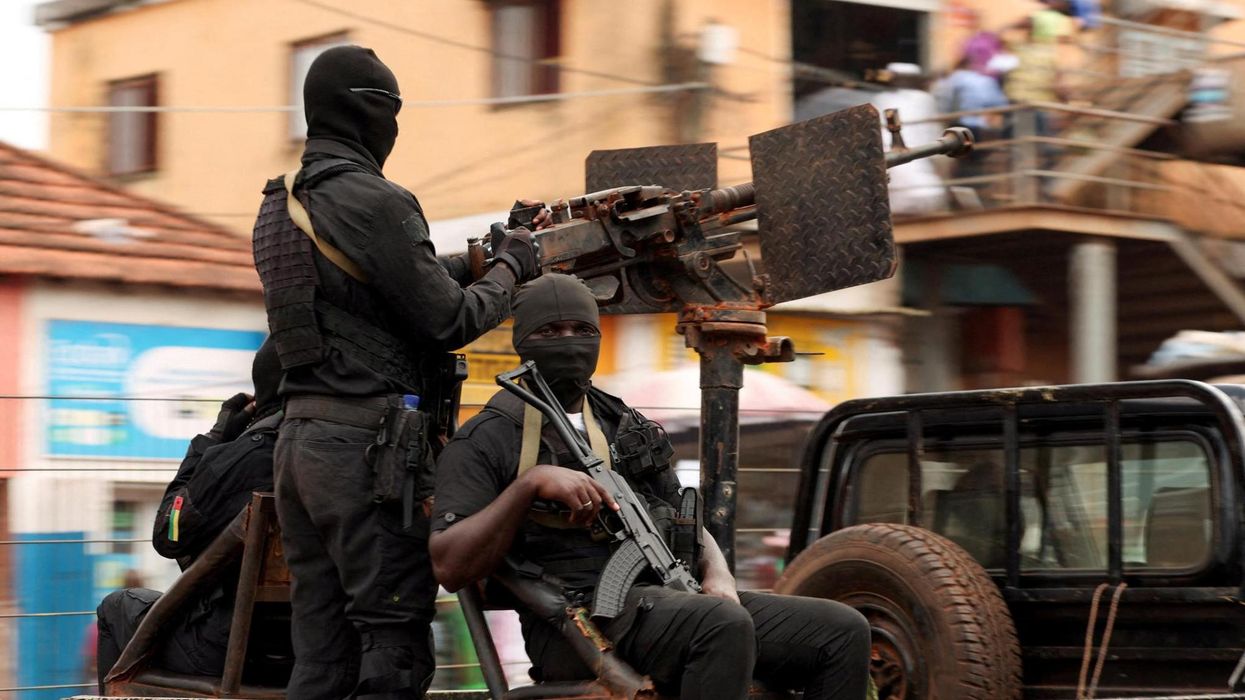In 1975, an Indian Army patrol, in the midst of a fog, had inadvertently strayed across the poorly demarcated (and contested) Sino-Indian border near the northeastern state of Arunachal Pradesh, all of which is the subject of a Chinese territorial claim.
In a skirmish in the region that ensued with forces from the People’s Liberation Army (as China’s armed forces are known), four Indian soldiers were killed. Since that fateful incident, a spate of clashes have taken place along the Himalayan border, including a major mobilization of forces in 1986.
However, until this week, neither side had seen any loss of life in the various clashes. Accordingly, the recent scuffle in the Galwan Valley which has claimed the lives of at least 20 Indian soldiers, and an unspecified number of their Chinese counterparts, represents a new and unprecedented level of escalation.
The border dispute has long and tangled roots. It started shortly after India’s independence in 1947 and culminated in a short, vicious war in 1962. Indian forces that were grossly unprepared for combat at high altitudes, and lacked either thermostatic clothing or modern weaponry, confronted battle-hardened PLA soldiers and were easily routed. Memories of that military debacle continue to haunt both Indian military commanders and political leaders alike.
After a hiatus of several years, and a number of border incidents most notably in 1967, India and China restored full diplomatic ties in 1976. Over a decade later, in 1988, Prime Minister Rajiv Gandhi visited Beijing. In its wake, a high-level diplomatic mechanism was set up designed to resolve the border dispute. Despite 22 rounds of discussions, and concomitant agreements on a spate of confidence-building measures, the two sides are no closer to a resolution of the dispute.
Worse still, for about a decade, the relationship — despite several high-level summits involving both Prime Minister Narendra Modi and President Xi Jinping — has been deteriorating. In fact, during Xi Jinping’s 2014 visit to India, even as Modi was feting him in his native state of Gujarat, the PLA made a series of incursions in the region of Ladakh in northwestern India. The shock of these military intrusions led Modi to tell his visitor that “even a little toothache can paralyze (the) entire body.”
What precipitated this most recent incursion and the ensuing lethal brawl remains a bit murky. However, press reports suggest that it may have stemmed from an Indian Army attempt to demolish some tents that the PLA had erected, and then abandoned, in areas inside territory that India deems to be its own.
Following long-agreed-upon protocols, both Indian and Chinese forces were unarmed and, according to Indian officials, as the Indian troops set about with a patrol of the area, PLA forces attacked. Three soldiers were killed outright while 17 others succumbed to their injuries. Indian intelligence officials say dozens of Chinese soldiers may have been killed but did not provide evidence.
Beyond the immediate precipitant of the deadly scuffle, the purported PLA intrusion into disputed areas probably stemmed from other, recent developments in the region. In August of last year, Modi’s government, with a parliamentary sleight-of-hand, revoked the special status of the disputed state of Jammu and Kashmir, thereby legally integrating it into the Indian Union.
Since both China, and its “all weather ally” Pakistan, are parties to the dispute, the reaction from Beijing was swift and harsh. However, it did not undertake any military steps at the time to express its displeasure, probably because of the inhospitable weather that is characteristic of the area in the fall and the winter. It is, however, not surprising that with the onset of spring and more propitious conditions for troop movements, the PLA would choose to make limited probes across the disputed border.
Passions in India, especially after the soldiers’ deaths this week, quite understandably, are running high. Despite some curbs that have been imposed on the Indian press during Modi’s time in office, it still remains remarkably freewheeling and feisty. More to the point, India has no dearth of armchair strategists who have lost no time in fanning populist sentiments.
In the carefully controlled Chinese press, especially in the English-language outlets, there has been harsh condemnation of India’s putative aggressiveness. Since the vast majority of the population does not read English, it is reasonable to surmise that these harsh denunciations of India are primarily intended for foreign consumption.
Also, the population possibly preoccupied with the new outbreak of COVID-19 in Beijing, may be less exercised than their Indian counterparts about a conflict in a remote part of the country. Nevertheless, high-level authorities including the Chinese foreign minister Wang Yi, have admonished their Indian interlocutors about the seriousness of the crisis and have sought to blame India for initiating it. In effect, neither side appears willing to back away from the precipice.
Prime Minister Modi has publicly and forthrightly stated that while he seeks peace, he will nevertheless not compromise India’s sovereignty. His bravado notwithstanding, India is clearly in a weaker position. China’s military budget is three times that of India, while its GDP is nearly five times larger. Nevertheless, Modi may feel compelled to stand firm as both the political opposition at home as well as segments of an aggrieved citizenry attack him.
As for the United States, which has been building a strategic partnership with India, it is unlikely to get militarily involved in this dispute. President Trump, apart from his feckless offer to mediate this dispute, has a stated aversion to deploying American forces in far flung places.
Consequently, beyond affirming a degree of diplomatic support, which Secretary of State Mike Pompeo has already proffered, it is most unlikely that it will do much else. Given the fraught features of this dispute, such a stance may suit all the parties involved. Given the tortured history of this conflict, in the end, both India and China will have to devise the means to tackle it and bring it to an eventual resolution.
















